Filter by
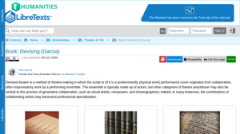
Devising
Devised theatre is a method of theatre-making in which the script or (if it is a predominantly physical work) performance score originates from collaborative, often improvisatory work by a performing ensemble. The ensemble is typically made up of actors, but other categories of theatre practitioner may also be central to this process of generative collaboration, such as visual artists, composer…
- Edition
- -
- ISBN/ISSN
- -
- Collation
- -
- Series Title
- -
- Call Number
- 700 GAR d
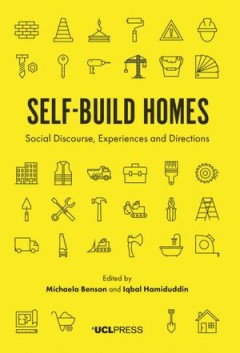
Self-Build Homes : Social Discourse, Experiences and Directions
Self-Build Homes connects the burgeoning interdisciplinary research on self-build with commentary from leading international figures in the self-build and wider housing sector. Through their focus on community, dwelling, home and identity, the chapters explore the various meanings of self-build housing, encouraging new directions for discussions about self-building and calling for the recogniti…
- Edition
- -
- ISBN/ISSN
- 9781911576877
- Collation
- 316 halaman
- Series Title
- -
- Call Number
- 720 BEN s
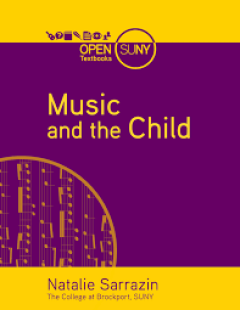
Music and the Child
Children are inherently musical. They respond to music and learn through music. Music expresses children’s identity and heritage, teaches them to belong to a culture and develops their cognitive well-being and inner self worth. As professional instructors, childcare workers or students looking forward to a career working with children, we should continuously search for ways to tap into childr…
- Edition
- -
- ISBN/ISSN
- -
- Collation
- -
- Series Title
- -
- Call Number
- 700 SAR m
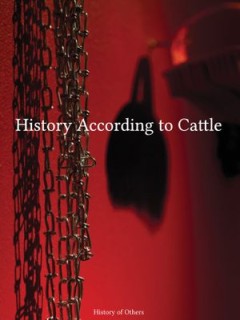
History According to Cattle
History According to Cattle is an expanded account of the acclaimed art and research project History of Other’s first major installment, The Museum of the History of Cattle (2013). The exhibition presents a large-scale ethnographic museum of world history as seen from the perspective of cattle, one of the most important companion species of humans. Thus, The Museum of the History of Cattle is…
- Edition
- -
- ISBN/ISSN
- 9789522644268
- Collation
- 160 halaman
- Series Title
- -
- Call Number
- 708 HIS
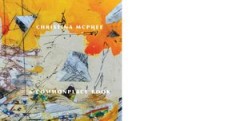
Christina McPhee : A Commonplace Book
Christina McPhee’s ‘commonplace book’ draws from a palimpsest of handwritten notes, lists, quotations, bibliographic fragments, and sketches, from an artist whose voracious reading practice is a direct feed into her life and art — all set to a visual and textual design-as-score, as prominent writers on painting, media arts, performance, video installation and poetics engage with her ‘…
- Edition
- -
- ISBN/ISSN
- 9781947447080
- Collation
- 166 halaman
- Series Title
- -
- Call Number
- 700 CHR
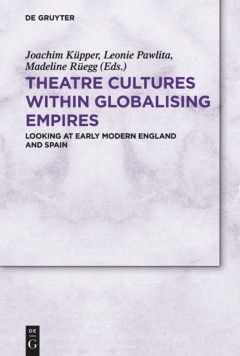
Theatre Cultures within Globalising Empires : Looking at Early Modern England…
This volume presents the proceedings of the international conference “Theatre Cultures within Globalising Empires: Looking at Early Modern England and Spain”, held in 2012 as part of the ERC Advanced Grant Project Early Modern European Drama and the Cultural Net (DramaNet). Implementing the concept of culture as a virtual network, it investigates Early modern European drama and its global d…
- Edition
- -
- ISBN/ISSN
- 9783110536881
- Collation
- 233 halaman
- Series Title
- -
- Call Number
- 792 THE
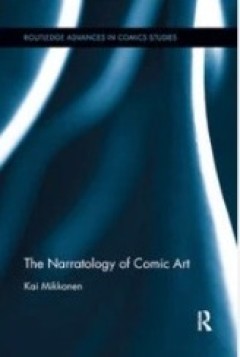
The Narratology of Comic Art
By placing comics in a lively dialogue with contemporary narrative theory, The Narratology of Comic Art builds a systematic theory of narrative comics, going beyond the typical focus on the Anglophone tradition. This involves not just the exploration of those properties in comics that can be meaningfully investigated with existing narrative theory, but an interpretive study of the potential in …
- Edition
- -
- ISBN/ISSN
- 9781315410128
- Collation
- 324 halaman
- Series Title
- -
- Call Number
- 700 MIK n
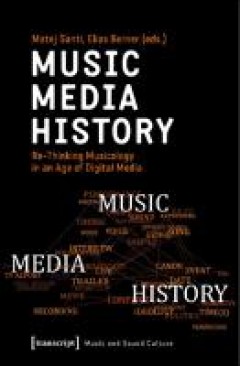
Music - Media - History. Re-Thinking Musicology in an Age of Digital Media
Music and sound shape the emotional content of audio-visual media and carry different meanings. This volume considers audio-visual material as a primary source for historiography. By analyzing how the same sounds are used in different media contexts at different times, the contributors intend to challenge the linear perspective of (music) history based on canonic authority. The book discusses A…
- Edition
- -
- ISBN/ISSN
- -
- Collation
- -
- Series Title
- -
- Call Number
- 780.7 MUS m

The Archaeology of Fazzan, Volume 3: Excavations of C. M. Daniels
The Archaeology of Fazzan is a major series of reports on the archaeology and history of Libya’s south-west desert region. This volume contains reports and analysis on a series of excavations carried out between 1958 and 1977 by the British archaeologist Charles Daniels, lavishly illustrated by site plans and numerous colour photographs – particularly of the rich artefact assemblages recove…
- Edition
- Ed. 1
- ISBN/ISSN
- 9781914268069, 9781900971102
- Collation
- -
- Series Title
- -
- Call Number
- 712.5 ARC a
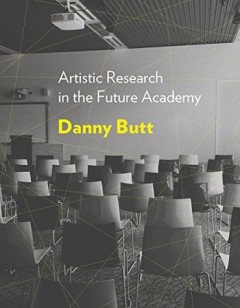
Artistic Research in the Future Academy
The rapid growth of doctoral-level art education challenges traditional ways of thinking about academic knowledge, and yet, as Danny Butt argues in this book, the creative arts may also represent a positive blueprint for the future of the university. Synthesizing institutional history with aesthetic theory, Artistic Research in the Future Academy reconceptualizes the contemporary crisis in univ…
- Edition
- Ed. 1
- ISBN/ISSN
- 9781783207909
- Collation
- 185
- Series Title
- -
- Call Number
- 701.1 BUT a
 Computer Science, Information & General Works
Computer Science, Information & General Works  Philosophy & Psychology
Philosophy & Psychology  Religion
Religion  Social Sciences
Social Sciences  Language
Language  Pure Science
Pure Science  Applied Sciences
Applied Sciences  Art & Recreation
Art & Recreation  Literature
Literature  History & Geography
History & Geography